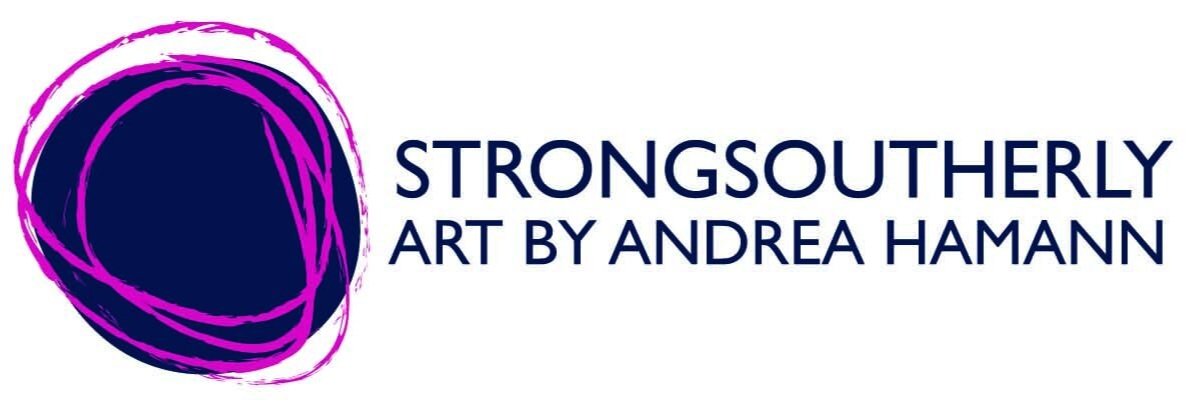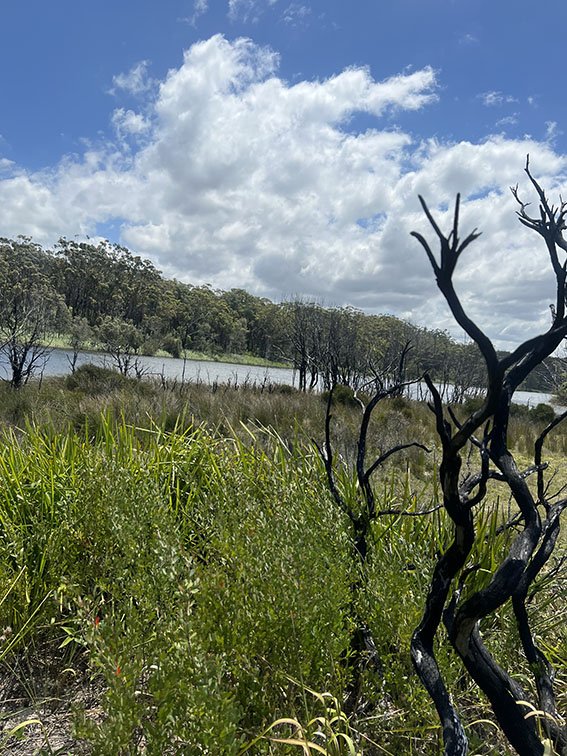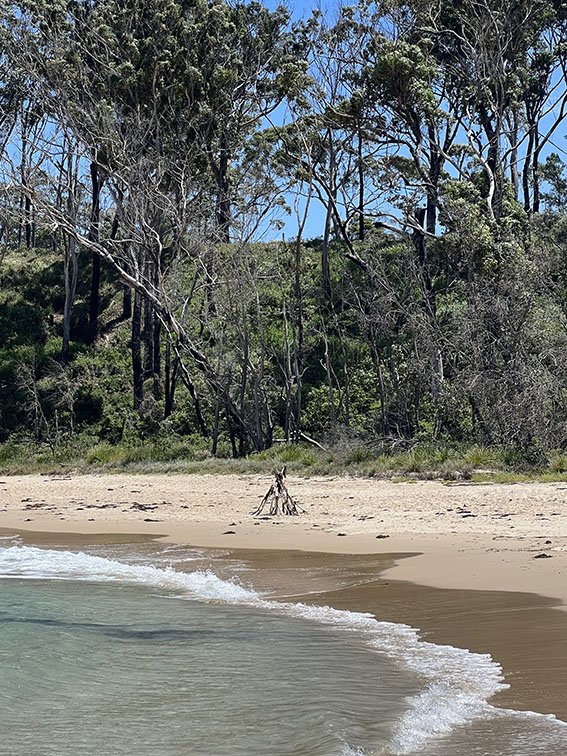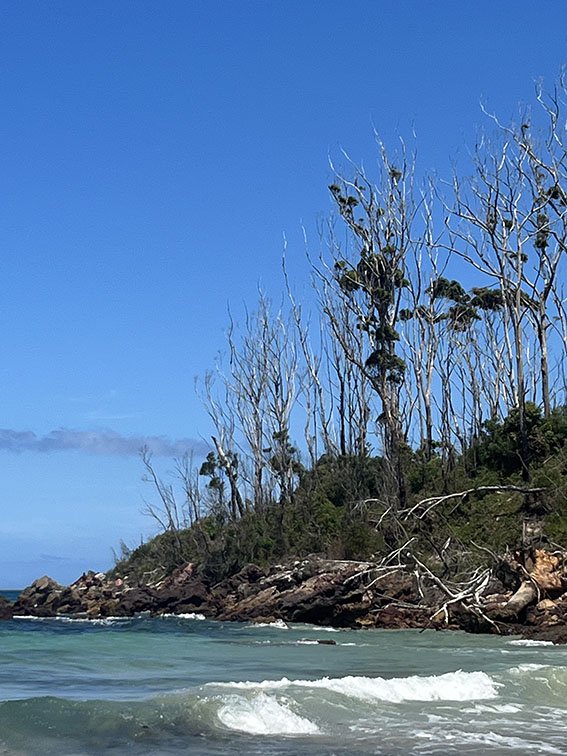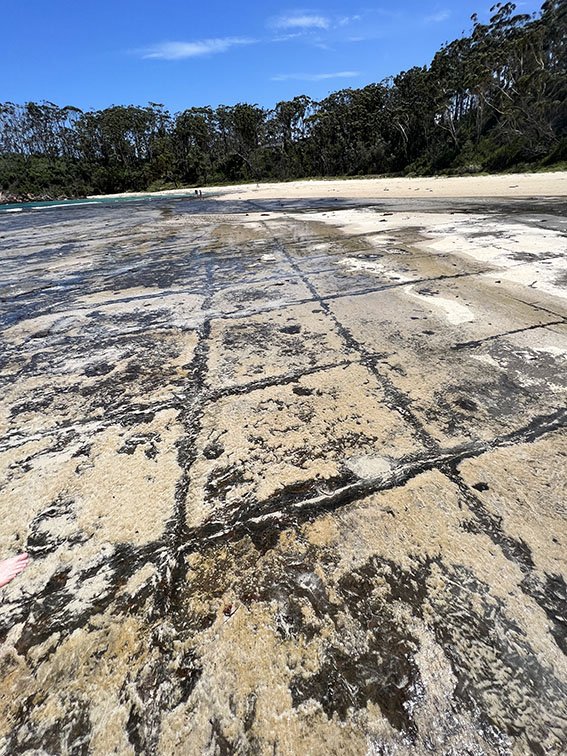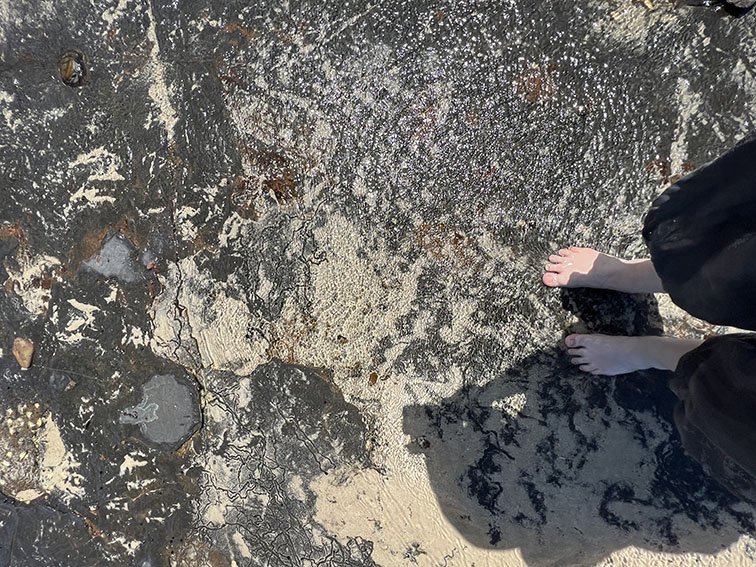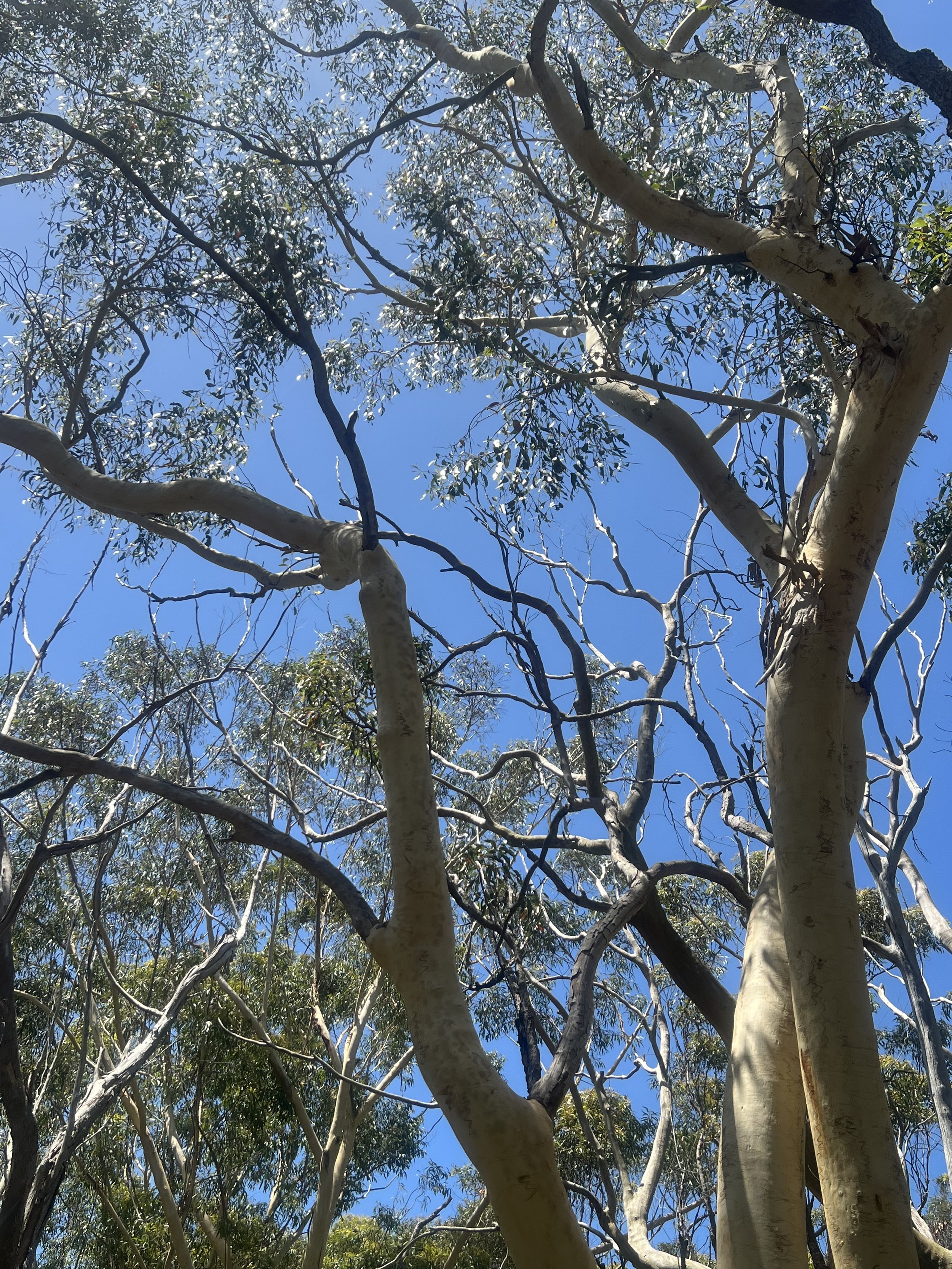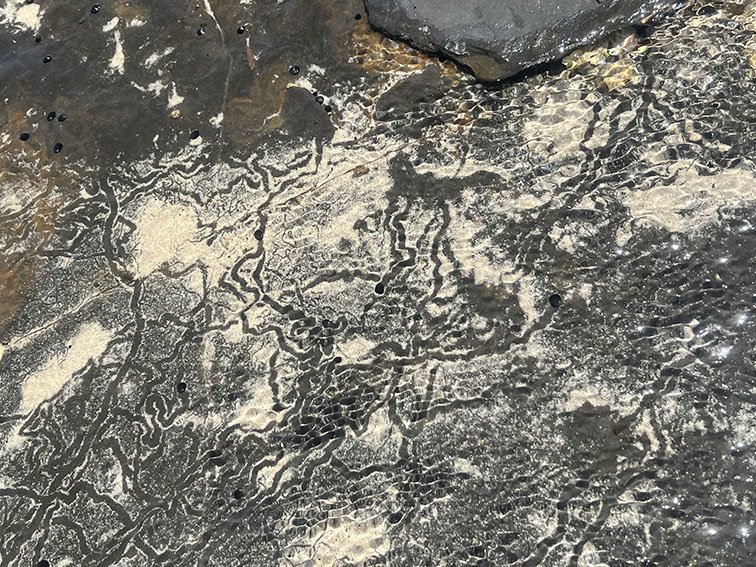Finding 'Place', Finding Country...
Genius Loci
Terrain Vague
Specficity
Et in Arcadia ego
The Cultivated Wilderness
Rigour
listen to the people, listen to the land
language
…..These are all expressions, terms, ideas which came up again and again in my study of landscape architecture 20 years ago. For me, they are all about diligence in understanding place, understanding country and connection, understanding the language of place.
I am lucky have studied under a lineage of great teachers. That Lineage includes people like Sue Anne Ware whose mentor was Walter Hood. That lineage includes Jim Sinatra, and in tern his mentors who included McHarg and Burle Marx and Paddy Roe, the former being two key figures in the history of landscape design and the latter being a Nyikina man, an indigenous elder story teller from near Broome. I learnt from what Jim’s students learnt, and from what Jim learnt from his teachers before him.
I feel like I was very priveliged to have had some wonderful passionate teachers. So, as a result much of my design education related to the ideas they were interested in, to these ideas above, and this focuss on understanding place, and allowing that reading or understanding of place to guide our actions.
I put down my design tools many years ago, and I think in part, that was because my attempts to design with those ideas in mind fell flat. The opportunities to design were constrained by overwhelming practicalities.
I couldn’t design in a way that gave me the confidence that I was helping to reveal the genius loci of the place or the freedom to do so. The ideas were always bigger than the outcomes. Over the years, i’ve still read about or listened to lectures which talked about these ideas, but I just wasn’t getting the opportunities to design the projects I wanted, and didn’t have the design skills or political skills I needed to explore my ideas.
And so I stopped designing. And I picked up a paint brush.
Those ideas kept with me though. And I realise that now my art is ALL about that. It’s about trying to understand country, and my place in this country. It’s all about reading the language of the land, seeing patterns and understanding the forms and the feeling of place.
I have realised lately why this is so important to me, why the study of landscape architecture gelled with me so much at the time and I have realised why I have continued my own exploration of these themes, beyond the field of Landscape Architecture….and it’s because I’m an immigrant.
As an immigrant, you are always trying to find your place. Understanding your place within the country, within the lineage of the country, and within your own lineage and cultural framework. Those born in Australia probably also have an element of that, but they never feel the sense of ‘otherness’ that an immigrant has.
So I realise that so much of my art is about trying to understand each new landscape I am in. Everytime I go somewhere new, and try to really see that landscape, and inevitably, at some point, those places creep into my paintings. It could be days later, or weeks later. Or years later. It took years for me to start painting the Australian alps.
On the weekend just passed, I spent time down the south coast of NSW, and took a number of photos around Bendalong. These photos are starting to eek into my art brain, and i’m starting to see forms and ideas to explore in paintings.
Forms of burnt trees, of the geological structure of the rock plateaus along the coastal edge..the layers of rock, undergrowth, the forms and structure of plants, of burnt trees, sky and water.
Ive learnt that understanding place is multi layered. There are environmental, geographic, botanical, climatic, emotional and cultural layers as well as the layer of time and processes of change.
And somehow….as an artist, one of my main jobs seems to be to understand those connections. …..and use painting to do so, whether i’m painting with a brush, collage or charcoal….it’s the representing of place through my own visual interpretation that helps to me to understand my own place in it. To feel less ‘other’, to get closer to the connection to country that indigenous people have.
Map of Conjola National Park and the area around Bendalong Point. Note the reference to Walter Hood track entrance. Something serendipitous there, given my teachers teacher was Walter Hood.
